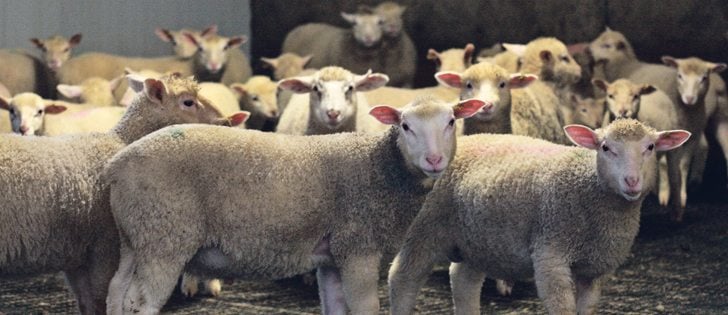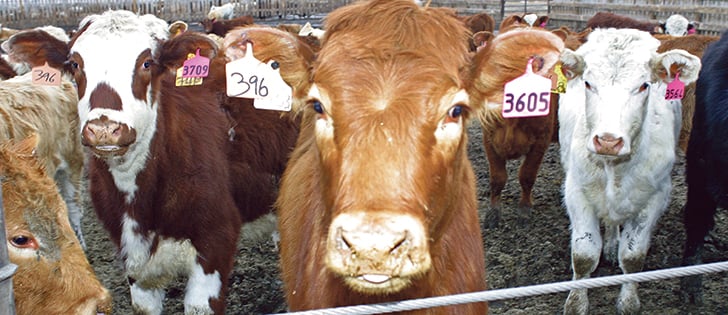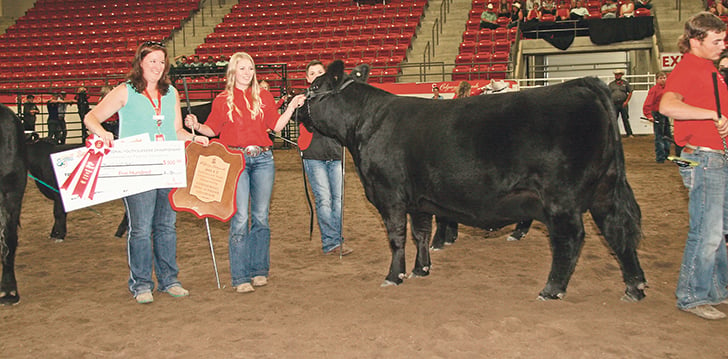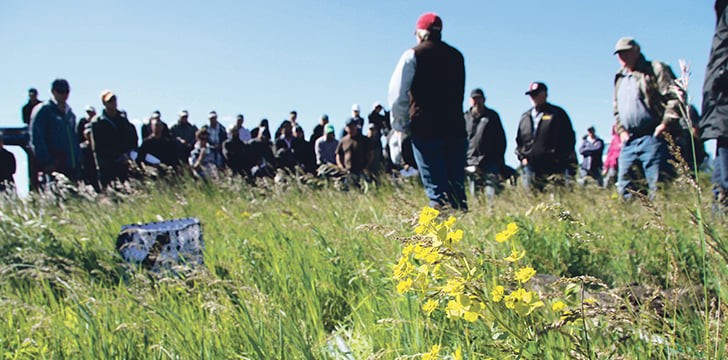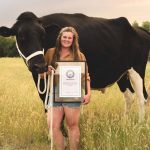The livestock industry is trying to form a Canadian Beef Improvement Network, which would collect data to help make genetic advancements
EDMONTON — Imagine collecting thousands of pieces of data about the life of a single steer from birth to burger.
“It is possible and it is happening, but not in Canada,” said Brian Wickham, former chief executive officer of the Irish Cattle Breeding Federation.
Wickham presented the following questions at the October Livestock Gentec conference held in Edmonton:
- Would you like to search the world for the bull that would improve the profitability of your herd by the greatest possible amount?
- Would you like to compare the available cattle to improve profitability?
- Would you like to know the carcass results of calves after they are killed?
- Would you like to receive performance results of the progeny of the breeding bulls you sell?
- Would you like to rank cows based on the profitability they add to a herd?
- Would you like access to feedlot information and packer data to compare to the bulls that were used?
- Would you like to use a 50K SNP chip at $32 per animal as part a $440 million taxpayer funded three year project to improve the national herd?
Read Also
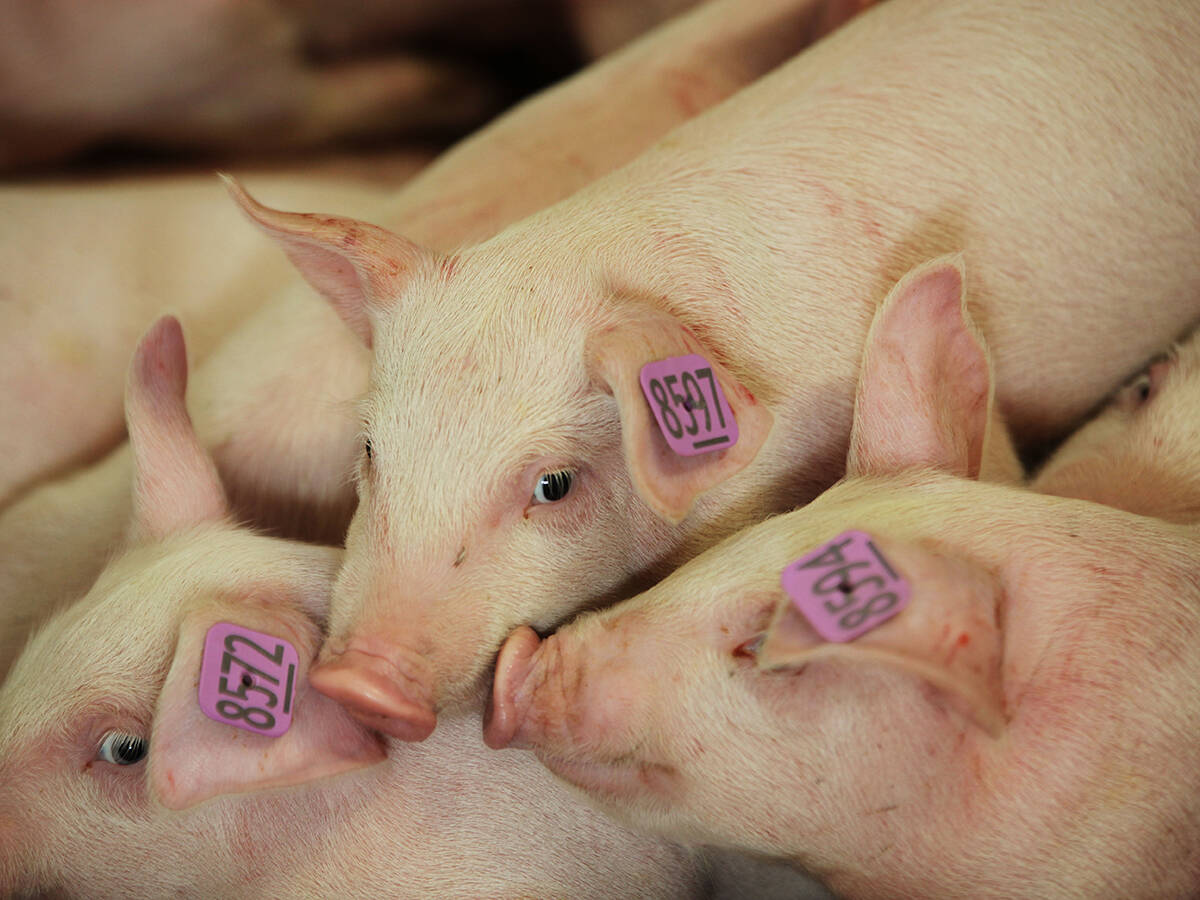
The Western Producer Livestock Report – October 16, 2025
Western Producer Livestock Report for October 16, 2025. See U.S. & Canadian hog prices, Canadian bison & lamb market data and sales insights.
That kind of information could be available if a Canadian Beef Improvement Network was formed. Value would come from improved decisions made by seed stock and cow-calf producers, feedlots, breed associations and service providers such as advisers and veterinarians.
The national beef strategy — which was released earlier this year through the Canadian Cattlemen’s Association, the National Cattle Feeders’ Association, the Beef Cattle Research Council, the Canadian Beef Breeds Council and Canada Beef Inc. — set goals that would make the industry a quality supplier of beef worldwide. The strategy included goals to increase beef production by 15 percent, improve competitiveness by seven percent and increase calf value by 15 percent by 2020.
“Genetics can play a major role in delivering all of those,” Wickham said.
He has helped prepare a document with 19 recommendations to develop such a network, which would include representation from farmers, seed stock producers, feedlots, cow-calf producers, packers, suppliers, governments and service providers such as breeding companies and veterinarians.
The focus would have to be on genetic improvement with agreement on what traits need to be recorded.
Canada has databases such as BIXs, BIO, the Canadian Cattle Identification Agency and breed associations, but there is no single integrated database.
“It is imperative for Canada to establish a world class beef cattle breeding infrastructure,” he said.
“CBIN is what we are proposing, and the focus must be on the improvement of the Canadian beef herd.”
The Canadian Dairy Network is an example of how this could be done and provides major benefits to that sector. The beef industry could receive an extra $180 million in benefits from a network at a cost of $5 million a year.
“The benefits would actually be much greater if you get the structure right. There is a very large prize available,” he said.
Forty databases with multiple provisions for similar data morphed into a single integrated database to collect and share information.
Government provided funding to set up the Irish Beef Network, and producers contribute by paying a voluntary levy of 38 cents on their cattle’s ear tags.
The Irish system focused on genetic improvement, but once the database was established, it expanded to include information on gender, sire, birth dates, calving ease, weights, carcass merit, quality assurance records, animal welfare, disease surveillance and farm management. It uses the individual animal identification number from the livestock tracking program to unify the data.
The United Kingdom is also in the process of creating an information system and applied use of genomics to select better beef.
An abattoir company had carcass data and approached Scotland’s Rural College at Aberdeen to see if it could work on industry improvement.
The challenge for the U.K. is that about half the beef comes from the dairy herd. These animals are either crossbred calves or male Holsteins, said Mike Coffey of the college.
They do not finish well and up to a third are too lean.
Information is also being collect- ed on meat quality using near infrared spectroscopy and taste panels to assess tenderness, juiciness and flavour.
The research is also looking at genomics as a way to improve U.K. carcasses.
Contact barbara.duckworth@producer.com





